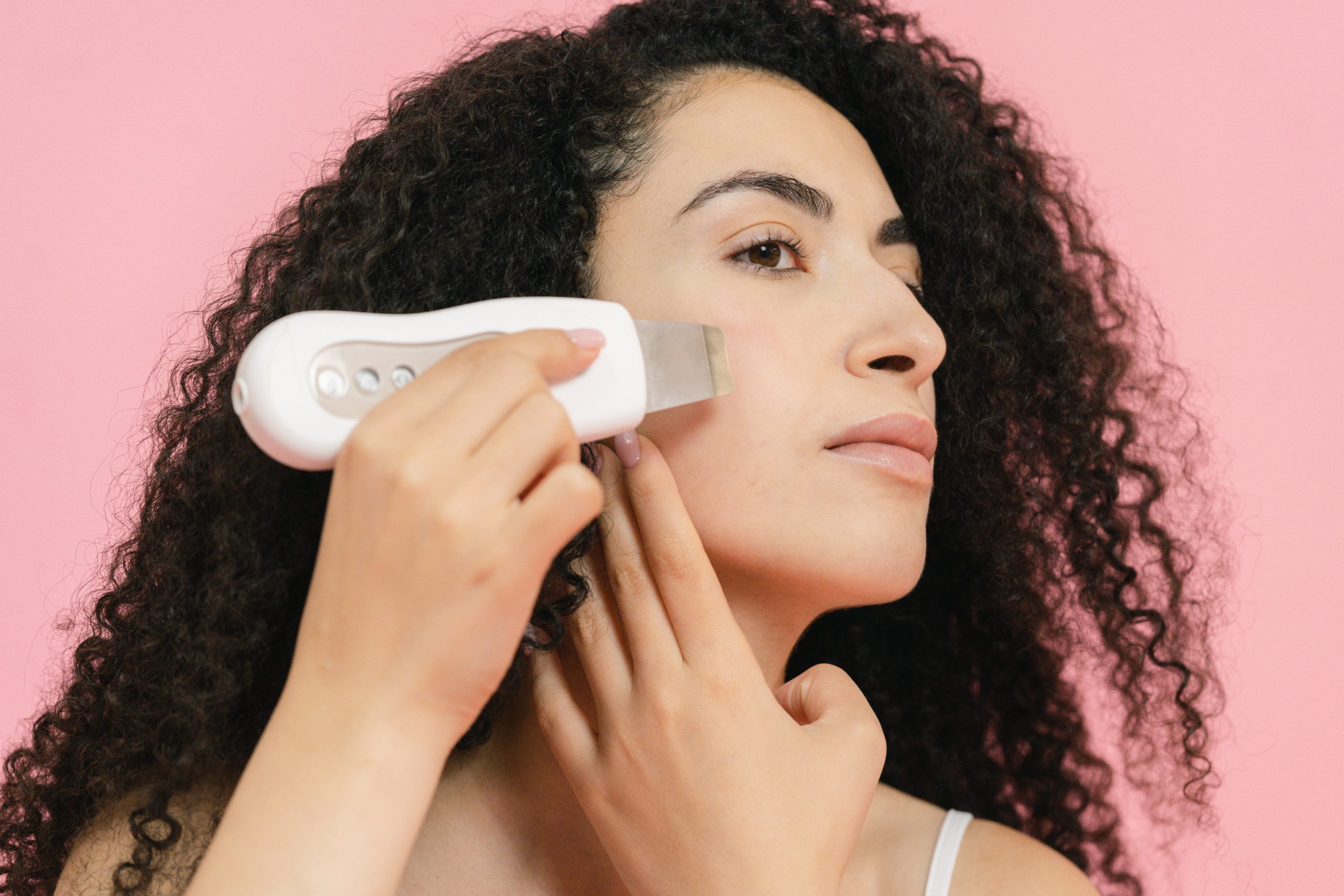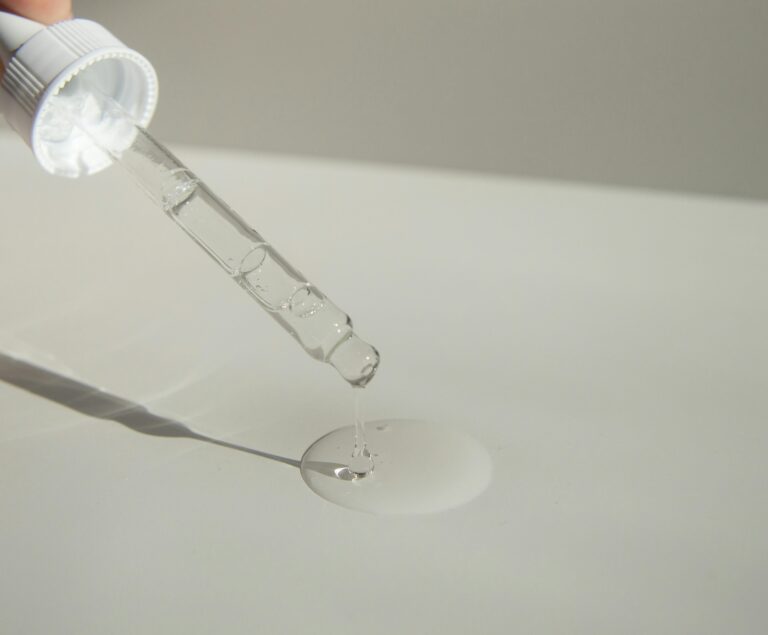In the pursuit of radiant and youthful skin, individuals often explore various skin care treatments to address concerns like fine lines, uneven skin texture, and age spots. Among the myriad of options, microdermabrasion stands out as a popular non-invasive procedure.
This article aims to provide a detailed exploration of the effectiveness of microdermabrasion, shedding light on its benefits, procedure details, and potential considerations.
Benefits of Microdermabrasion
- Exfoliation and Skin Renewal: Microdermabrasion employs tiny crystals or a diamond-tipped wand to exfoliate the outer layer of the skin, promoting cell turnover and encouraging the growth of new, healthier skin cells. This process can help reduce the appearance of fine lines, sun damage, and mild acne scars.
- Improved Skin Texture and Tone: By removing dead skin cells and stimulating collagen production, microdermabrasion can contribute to improved skin texture and tone. Individuals often report smoother, softer skin with a more even complexion after undergoing a series of treatments.
- Reduced Pore Size: Microdermabrasion can be effective in minimizing the appearance of enlarged pores. The exfoliation process helps unclog pores, preventing them from becoming enlarged and creating a smoother skin surface.
- Enhanced Absorption of Skincare Products: Following microdermabrasion, the skin is more receptive to skincare products. With the outer layer of dead skin cells removed, serums and moisturizers can penetrate more effectively, maximizing their benefits.
- Non-Invasive and Minimal Downtime: One of the key advantages of microdermabrasion is its non-invasive nature. Unlike more aggressive treatments, it typically requires little to no downtime, allowing individuals to resume their daily activities immediately after the procedure.
Procedure Details
Microdermabrasion is a straightforward procedure that is often performed in a spa, dermatologist’s office, or aesthetic clinic. Here is a step-by-step breakdown of the typical microdermabrasion session:
- Cleansing: The skin is thoroughly cleansed to remove any makeup, oils, or impurities.
- Preparation: Depending on the type of microdermabrasion being used, a handheld device with crystals or a diamond-tipped wand is applied to the skin, creating controlled exfoliation.
- Exfoliation: The exfoliation process removes the outer layer of dead skin cells, promoting a fresh and renewed complexion.
- Suction: Many microdermabrasion devices incorporate a suction component that helps remove the exfoliated skin cells and stimulates blood flow to the treated area.
- Hydration and Sun Protection: Following the exfoliation, a moisturizer and sunscreen are applied to soothe the skin and protect it from potential sun damage.
Considerations and Potential Side Effects
While microdermabrasion is generally considered safe for most individuals, there are some considerations and potential side effects to be aware of:
- Skin Sensitivity: Individuals with sensitive skin may experience redness or mild irritation after the procedure. It’s essential to communicate any skin conditions or concerns with the skincare professional performing the treatment.
- Sun Sensitivity: The skin may be more sensitive to sunlight after microdermabrasion. Sunscreen application is crucial in the days following the procedure to protect the newly exposed skin.
- Multiple Sessions: Significant results are often achieved through a series of microdermabrasion sessions. The frequency and number of sessions depend on individual skin concerns and goals.
- Not Suitable for All Skin Issues: While microdermabrasion addresses various concerns, it may not be suitable for certain skin conditions such as deep wrinkles, severe acne scars, or active acne. In such cases, alternative treatments may be recommended.
FAQs
Q1: Is microdermabrasion painful?
Microdermabrasion is generally well-tolerated, and most individuals describe it as a mildly uncomfortable sensation rather than painful. The level of discomfort can vary depending on individual pain thresholds.
Q2: How soon can I see results?
Many individuals notice an immediate improvement in skin texture and tone after the first session. However, for optimal results, a series of sessions is usually recommended, spaced a few weeks apart.
Q3: Can I undergo microdermabrasion if I have active acne?
While microdermabrasion can be effective for certain types of acne, it may not be suitable for active, inflamed acne. It’s essential to consult with a skincare professional to determine the most appropriate treatment for your specific condition.
Q4: Are there any age restrictions for microdermabrasion?
Microdermabrasion is generally safe for individuals of various ages. However, it’s crucial to consider individual skin concerns and consult with a skincare professional to ensure the procedure is suitable.
Conclusion
In the world of skincare, microdermabrasion has established itself as a reliable and effective option for individuals seeking to rejuvenate their skin. With its ability to address various concerns, from fine lines to uneven texture, microdermabrasion offers a non-invasive pathway to a refreshed and radiant complexion. As with any cosmetic procedure, it’s crucial to approach microdermabrasion with realistic expectations, understanding that optimal results may require a series of sessions.



